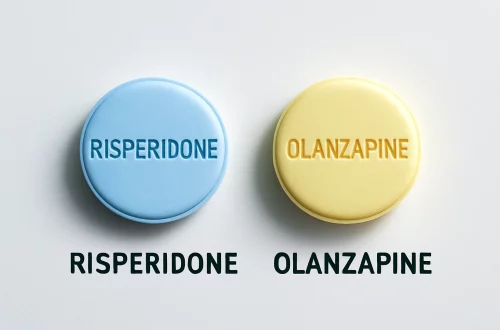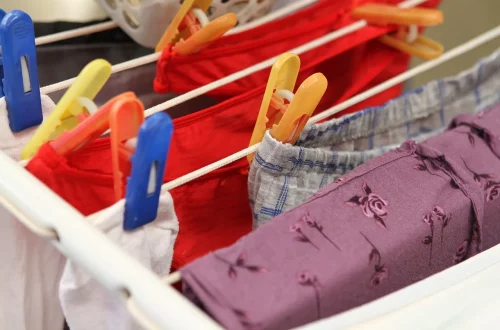
Signs of Infection to Watch for After Cat Tooth Extraction
After a cat undergoes a tooth extraction, it is essential for pet owners to remain vigilant about their feline’s recovery process. Dental procedures can be as complex for cats as they are for humans, and the risk of complications, such as infections, is a concern that should not be overlooked. Cats may exhibit subtle changes in behavior or health that indicate something is amiss. Understanding the signs of potential infection post-surgery is crucial for ensuring your pet’s well-being.
Infections can arise due to various reasons, including improper aftercare, underlying health issues, or even the surgical procedure itself. Awareness of these signs can empower pet owners to seek timely veterinary intervention, thereby preventing more severe health issues down the line. From changes in appetite to more severe symptoms like swelling or discharge, recognizing these indicators can make a significant difference in your cat’s recovery.
This article aims to provide insights into the signs of infection to monitor after a cat tooth extraction, helping you ensure your feline friend remains healthy and happy during the recovery phase. By being proactive and informed, you can contribute to your pet’s healing journey and maintain their quality of life post-surgery.
Changes in Appetite and Eating Behavior
One of the first signs pet owners might notice after their cat’s tooth extraction is a change in appetite. Cats are creatures of habit, and any significant alteration in their eating behavior should raise a red flag. After a dental procedure, it is common for cats to experience some discomfort, which may lead them to eat less or avoid certain foods altogether. However, if this change persists beyond a few days, it could indicate a developing infection.
Cats may refuse to eat due to pain from the extraction site, but if they also show signs of lethargy or distress, it’s essential to pay close attention. Monitor how your cat is eating: Are they chewing on one side of their mouth? Do they seem reluctant to eat dry food? These behaviors could signal that they are in pain or that an infection is affecting their ability to eat comfortably.
Additionally, if your cat begins to vomit or shows signs of diarrhea after the extraction, these may also be symptoms of an underlying issue. Cats can be sensitive to changes in their diet or medication, and gastrointestinal distress could be another sign that something is wrong. It’s vital to keep track of any changes in your cat’s eating habits and consult with your veterinarian if you notice anything concerning.
In some cases, a lack of appetite may lead to weight loss, which can further complicate your cat’s recovery process. Ensuring your cat maintains a healthy weight during recovery is crucial, as weight loss can weaken the immune system, making it harder for your cat to fight off any potential infections. Offering soft, palatable foods or even warming their meals slightly can encourage eating, but if your cat continues to refuse food, a veterinary visit is necessary.
Swelling and Inflammation Around the Extraction Site
Swelling and inflammation are common reactions following a tooth extraction, but they must be monitored closely for signs of infection. While some degree of swelling is normal, especially within the first few days post-surgery, persistent or worsening swelling can be a cause for concern. Pay attention to the area around the extraction site: if it appears excessively swollen, red, or warm to the touch, these could be indicators of an infection.
Infections can cause localized inflammation, which can lead to further complications if left untreated. If your cat seems to be in pain, particularly when the area is touched, it may suggest that an infection has developed. In such cases, your cat might also display signs of discomfort such as vocalizing more than usual or avoiding physical contact.
Another sign to watch for is any discharge from the extraction site. This could range from a clear fluid to pus, which is typically a sign that an infection is present. Any discharge should be reported to your veterinarian promptly, as it may require immediate medical attention. Additionally, if you notice a change in the color of your cat’s gums—such as becoming pale or bluish—this could also signal a serious issue that warrants a veterinary visit.
In some situations, swelling may not be localized to the extraction site. If your cat’s entire face appears swollen or asymmetrical, this is a more urgent sign that something is wrong. Infections can potentially spread to other areas, leading to more severe health issues. It is crucial to keep an eye on your cat’s overall appearance and demeanor during the recovery period.
Unusual Behavior and Lethargy
Behavioral changes in your cat can be one of the most telling signs that something is wrong post-extraction. While some lethargy is expected after a surgical procedure, excessive tiredness or unusual behavior should not be ignored. If your cat is more withdrawn than usual, avoiding interactions, or seems less playful, it may indicate that they are not feeling well and could be experiencing complications.
Cats often hide their pain, so any noticeable change in their usual activity levels can be significant. If your cat is typically energetic and suddenly becomes inactive or seeks solitude, it may be time to consult your veterinarian. Behavioral shifts can also include increased irritability or sensitivity to touch, which might suggest that your cat is experiencing discomfort or pain related to an infection.
Additionally, if your cat is exhibiting signs of anxiety—such as pacing, vocalizing excessively, or hiding more than usual—these behaviors can also be a response to discomfort or illness. Cats are sensitive animals, and any changes in their environment, including the stress of a dental procedure, can affect their mood and behavior.
It’s essential to create a calm and comfortable recovery environment for your cat. Ensure they have a quiet space where they can rest undisturbed. Providing familiar toys and blankets can help ease their anxiety and support a quicker recovery. However, if you notice persistent changes in behavior, particularly if accompanied by other symptoms like swelling, discharge, or lack of appetite, a prompt visit to the veterinarian is necessary.
Fever and General Discomfort
Another critical sign to be aware of after a cat tooth extraction is fever. A cat’s normal body temperature ranges from 100.5°F to 102.5°F (38.1°C to 39.2°C). If you suspect your cat has a fever, you can take their temperature using a rectal thermometer designed for pets. Elevated body temperature can be a strong indicator of infection, and it’s essential to monitor this closely during the recovery process.
In addition to fever, general signs of discomfort should also be observed. Cats may exhibit behavioral changes or physical symptoms that suggest they are not feeling well. Look for signs such as excessive grooming of the extraction site, restlessness, or difficulty finding a comfortable position to lie down. These behaviors can indicate pain or discomfort that may stem from an infection or post-operative complications.
If you notice that your cat is shivering or has a decreased interest in their surroundings, it’s essential to seek veterinary care. A fever in conjunction with other symptoms such as swelling, discharge, or lack of appetite can suggest a more serious issue that requires immediate attention.
Overall, being vigilant about your cat’s health after a tooth extraction can help you catch any potential infections early. Monitoring their temperature and behavior, along with the other signs discussed, will provide you with a clearer picture of their recovery progress. If in doubt, always consult your veterinarian to ensure your cat receives the care they need.
**Disclaimer:** This article is for informational purposes only and does not constitute medical advice. For any health concerns regarding your pet, please consult with a qualified veterinarian.




